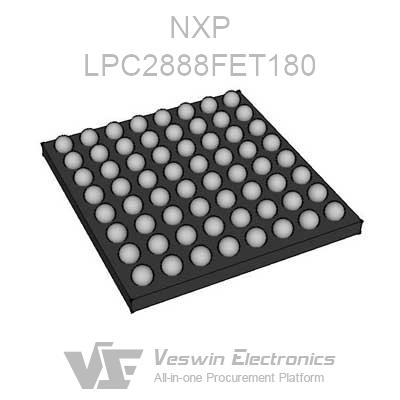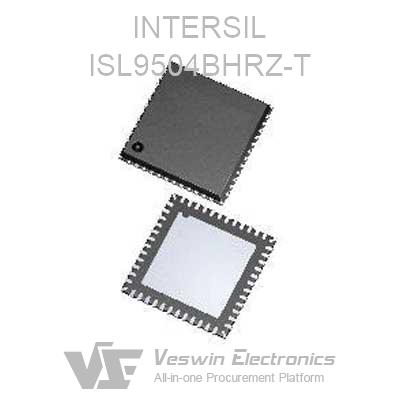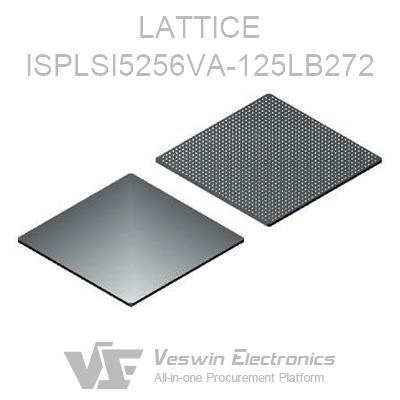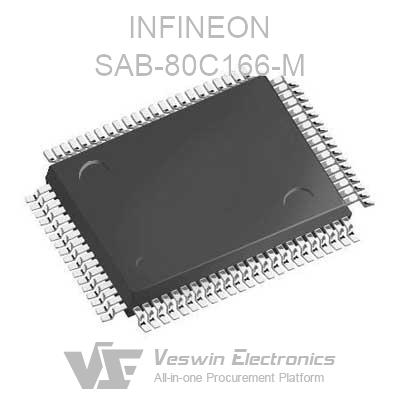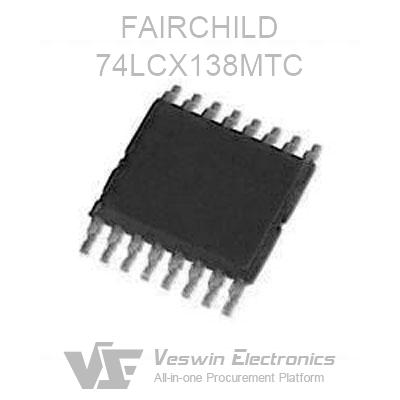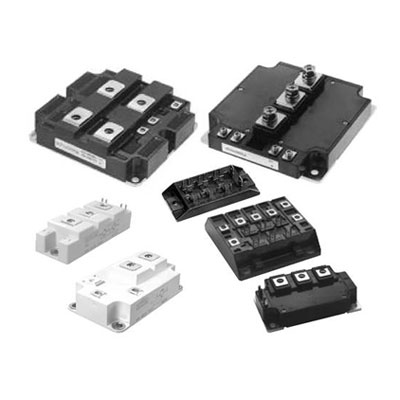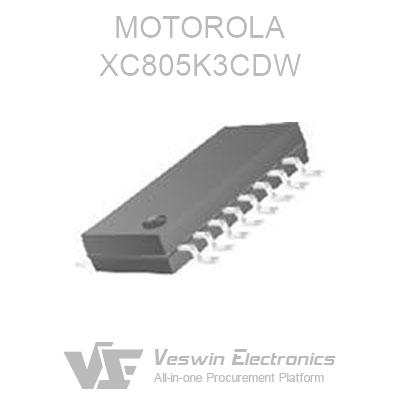The MCP2200 and CP2102 are popular USB-to-UART bridge controllers commonly used in various electronic applications. They enable seamless communication between USB and serial UART interfaces, facilitating data transfer and communication protocols. To provide a comprehensive understanding of these devices, let's delve into their meaning, advantages, and disadvantages in detail.
The MCP2200 is a USB-to-UART serial converter manufactured by Microchip Technology. It serves as a bridge between USB and UART interfaces, enabling easy integration of USB connectivity into devices with UART capability. The MCP2200 offers a variety of features, such as an on-chip voltage regulator, EEPROM, and GPIO pins, making it suitable for diverse applications that require USB communication.
On the other hand, the CP2102, developed by Silicon Labs, is another USB-to-UART bridge controller that simplifies connecting UART devices to USB. It provides a reliable solution for interfacing USB with UART-based systems, supporting various data rates and configurations. The CP2102 is renowned for its ease of use and robust performance, making it a preferred choice for many embedded systems.
Integrated Voltage Regulator: The MCP2200 incorporates an on-chip voltage regulator, enabling direct interfacing with various voltage levels, thus simplifying the overall system design.
EEPROM Support: With an integrated EEPROM, the MCP2200 allows for easy configuration and customization of device settings, providing flexibility for different applications.
GPIO Pins: The presence of General Purpose Input/Output (GPIO) pins facilitates the control and monitoring of external devices, enhancing the MCP2200's functionality in diverse applications.
Compatibility and Support: Microchip offers comprehensive technical support and documentation, ensuring users can easily integrate the MCP2200 into their designs and troubleshoot any issues.
Limited Data Rate: The MCP2200 might have limitations in terms of data transfer rate compared to some other similar devices, which can be a drawback in applications that require high-speed communication.
Complexity for Novice Users: Its extensive feature set may make it more complex for novice users to implement, requiring a more thorough understanding of USB and UART protocols.
Ease of Integration: The CP2102 offers a straightforward integration process, making it accessible for beginners and experienced developers looking to add USB connectivity to their projects.
High Data Rates: Silicon Labs has optimized the CP2102 for efficient data transfer, allowing high-speed communication between USB and UART interfaces, which is crucial for applications demanding rapid data exchange.
Cross-Platform Compatibility: The CP2102 is compatible with various operating systems, making it suitable for multiple applications and ensuring seamless integration across different platforms.
Reliability and Stability: Silicon Labs' reputation for producing reliable and stable semiconductor solutions is reflected in the CP2102, contributing to its widespread adoption in the industry.
Limited Customization Options: Compared to similar devices, the CP2102 might have limitations in terms of customization, especially regarding advanced configurations and specific settings.
Dependency on Vendor Support: While Silicon Labs provides comprehensive support, users may need help if they require extensive customization beyond the standard offerings, as it could involve direct assistance from the vendor.
When using the MCP2200 and CP2102 in your electronic applications, it is crucial to pay attention to various aspects to ensure proper functionality and seamless integration. Here are some key points to consider when working with these USB-to-UART bridge controllers:
Hardware Integration:
Ensure that the voltage levels of the MCP2200 or CP2102 are compatible with the other components in your system. This includes checking the input/output voltage levels of the devices connected to the UART interface.
Pay attention to the pin configurations and pin functionalities to correctly connect the bridge controller to other components in the circuit.
Software Configuration and Drivers:
Verify that the necessary drivers and software libraries are installed on your system to enable proper communication between the USB host and the UART interface. Follow the recommended installation procedures provided by the respective manufacturers.
Check for any updates or patches for the drivers to ensure compatibility with the operating system you are using.
Data Rate and Transmission Protocols:
Consider the required data transfer rate for your application and confirm that the chosen bridge controller (MCP2200 or CP2102) can support the desired speed.
Pay attention to the specific transmission protocols and data formats required by the connected devices to ensure seamless data exchange.
Power Supply and Current Consumption:
Ensure that the power supply provided to the MCP2200 or CP2102 meets the specified requirements to avoid any issues related to underpowered or unstable operation.
Monitor the current consumption of the bridge controllers, especially in low-power or battery-operated applications, to optimize energy usage and extend the device's operational lifespan.
EMI and ESD Protection:
Implement proper electromagnetic interference (EMI) protection measures and shielding techniques to minimize any potential electromagnetic disturbances that could affect the performance of the MCP2200 or CP2102.
Incorporate adequate electrostatic discharge (ESD) protection on the USB and UART interface lines to safeguard the bridge controllers and connected devices from damage from electrostatic discharge events.
Product Documentation and Support:
Refer to the product datasheets, application notes, and user manuals provided by Microchip Technology (for MCP2200) and Silicon Labs (for CP2102) to understand the recommended operating conditions, usage guidelines, and best practices.
Utilize the technical support channels offered by the manufacturers to seek assistance in case of any integration or functionality issues.
In conclusion, both the MCP2200 and CP2102 serve as effective USB-to-UART bridge controllers, each with its own set of advantages and disadvantages. Understanding the specific requirements of your project, such as data rate, system complexity, and customization needs, is crucial in selecting the most suitable option for seamless integration and optimal performance. Whether the MCP2200's integrated features or the CP2102's user-friendly design, both devices play a significant role in enabling efficient data communication in various electronic applications.
You May Also Like:MCP2200 CONTROL CHIP: ADVANTAGES, DISADVANTAGES AND DETAILED INTRODUCTION TO APPLICATIONS
Hot News
